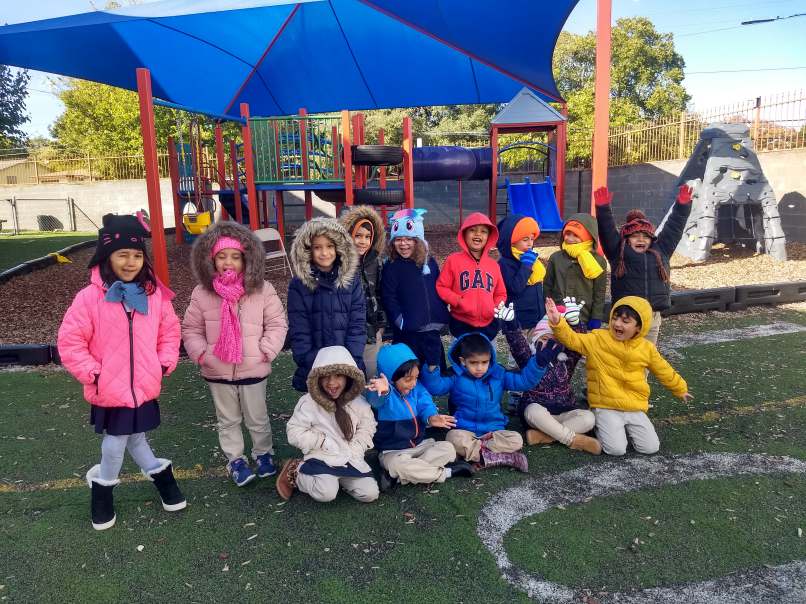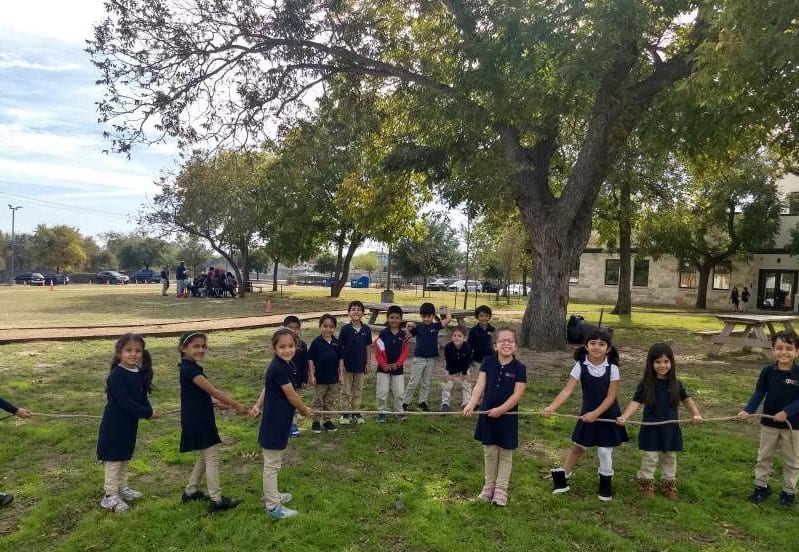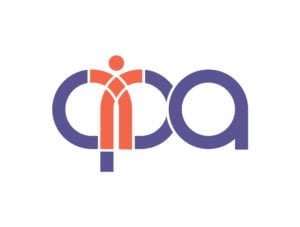Kindergarten Curriculum
Providing Activities And An Atmosphere Where Learning Can Take Place And Interest Is Stimulated


- Language Arts Phonics
- Language Arts Printing
- Language Art Reading
The first quarter of Kindergarten, students learn to recognize all the letters and sounds, beginning consonant sounds, vowels as the middle sound, C-V blends, and Phonics charts 1 and 2. In the second quarter of Kindergarten, students learn blend ladders, short vowel words (CVC), beginning and ending consonants, how to mark short vowels. In the third quarter of Kindergarten, students are introduced to long vowels, Phonics charts 6 and 7, and learn to circle phonics rules. In the fourth quarter of Kindergarten, students continue to learn more long vowel words, Phonics charts 8, 9 and 10, and continue to circle all phonics rules.
First, students learn how to make large circles and sticks in the air; they learn to trace and draw them on paper. The students are introduced to the correct printing position and how to properly hold a pencil. They are introduced to the alphabet letters, where they are positioned on the lines and how to correctly print the letters. They learn to correctly print their names, first and last, blends, short vowel words, color and number words, sight words, poems, Bible verses and short stories
Students learn reading readiness skills such as top/bottom, over/under, left/right, tracking from left to right, rhymes, similarities and differences which will help with reading success. Students learn to identify vowels, consonants and their sounds. Students learn to blend beginning consonants with vowels and to add the ending sounds to make short vowel words. Students are grouped into reading groups and begin reading through a variety of reading series, these books progress in difficulty. Students learn sight words and review them through the Kindergarten Drill Books and flash- cards, these books also help students to review short vowel words and long vowel words.
- Language Art Library
- Mathematics
- Science
- Social Studies
Kindergarten students will listen to stories and talk about what the message might be in the book. They will learn about setting, character, plot and story telling patterns and identify them in stories that are read to them. The students will also learn about authors and their works, and learn the difference between picture and nonfiction books.
We begin with learning shapes, days of week, months of year, patterning, graphing and the concrete and pictorial stages of numbers 1-100. The students sort, classify and count objects. They learn the symbolic stages of numbers 1-100. They learn about place value up to the hundreds place, add and subtract numbers through the seven families, estimate, measure, problem solve, mental math exercises and story problems. They also learn about telling time to the hour and half hour and the value of the following coins: penny, nickel, dime and quarter. They learn before, between and after, bigger/smaller and greater than/less than.
During our introduction to science, kindergarteners will explore such concepts as shapes and symbolic relationships, positional words and motion, alike and different, whole numbers as well as sorting and graphing, often with seasonal items such as apples and fall items. Farms and harvest as well as weather and graphs, changing seasons, and the five senses are also introduced. Kindergarteners will begin to classify living and non-living items, along with seasonally related concepts such as hibernation and winter animals including bears penguins and birds/bird feeders. Nutrition and food groups are introduced, and the basic organs of the human body are also explored.
- Art
- Music
- World Languages: Arabic
- Quran
Kindergarten students will begin to identify and draw differences in lines and shapes, and will identify colors as primary and secondary. They will recognize the different art media and use them to begin to appreciate God’s gift of the visual arts. The students will learn to communicate ideas that are personally important and talk about their own art and the art of others. They will learn to be good stewards by taking care of equipment and tools.
Kindergarten students will have a variety of musical experiences focusing primarily on singing and moving. They will also grow in music appreciation by listening to and responding to selections of music in varied styles.
Kindergarten students will be introduced to Arabic through learning basic vocabulary, such as color, family, clothing and parts of the body. They will learn and speak basic greetings and commands as well as counting to twenty and geometric shapes.
Kindergarten students will learn to memorize short verses from the Quran that are essential for prayer.
- Islamic Studies
- Technology
- Physical Education
Focuses on the emotional, spiritual, and internal nurturing and growth of our young mind students.
Kindergarten students will learn how to sign into the school network and log off as well as an introduction to computer terms. They will learn to open and close programs and use KidPix to learn about computer drawing tools. They will begin to apply skills by learning to open, close, save, add text and print a document.
Kindergarten students will learn that God has specially created their body to move in many different ways. They will learn basic locomotor and non-locomotor movement and balance skills, as well as how to move, secure and strike an object. The students will learn to give their best effort and cooperate with others in games and class activities. They will also take part in the Faye Morris Little 500 race.



We begin the school year with the basics of personal responsibility and good manners in various places at school such as classroom, bathroom, hall, recess, and lunchroom. We learn about school rules, community and community helpers. We learn the Pledge of Allegiance and some of the history and meaning of the American flag and symbols of our nation. Farms, Christopher Columbus, pilgrims, Native Americans, maps .